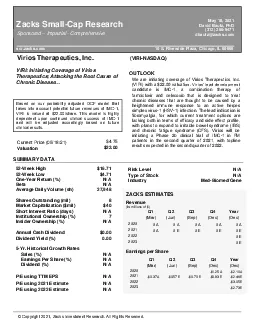PPT-BSE-IMC-NIPFP Budget Roundtable:
Author : valerie | Published Date : 2023-11-03
Public Debt Management Agency Tarun Ramadorai April 2015 Optimal Government Debt Management Theoretical Issues Ricardian Equivalence Debt Future Taxes Prudent
Presentation Embed Code
Download Presentation
Download Presentation The PPT/PDF document "BSE-IMC-NIPFP Budget Roundtable:" is the property of its rightful owner. Permission is granted to download and print the materials on this website for personal, non-commercial use only, and to display it on your personal computer provided you do not modify the materials and that you retain all copyright notices contained in the materials. By downloading content from our website, you accept the terms of this agreement.
BSE-IMC-NIPFP Budget Roundtable:: Transcript
Download Rules Of Document
"BSE-IMC-NIPFP Budget Roundtable:"The content belongs to its owner. You may download and print it for personal use, without modification, and keep all copyright notices. By downloading, you agree to these terms.
Related Documents














